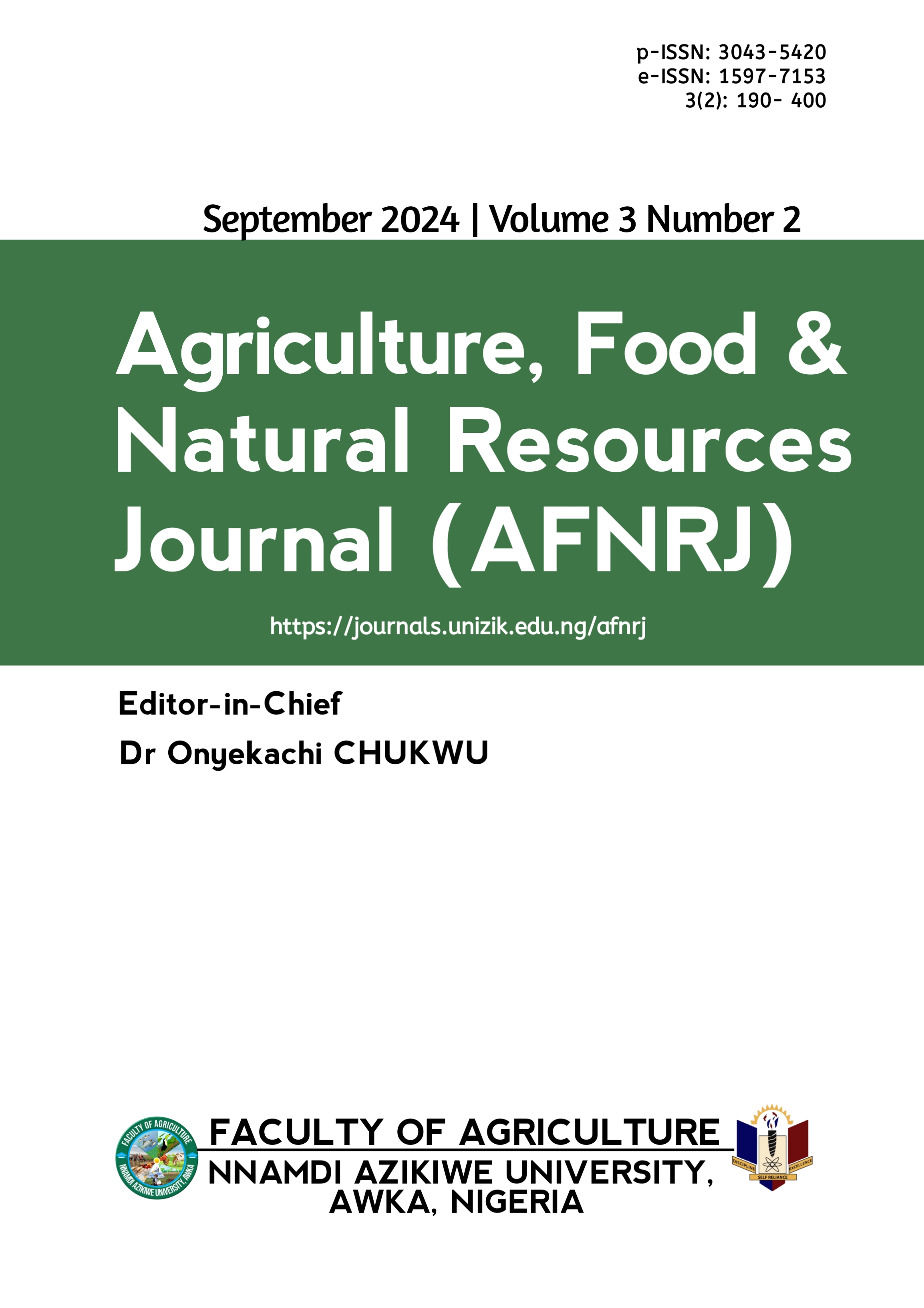Assessment of green space connectivity amid land cover changes: a case study of Delta State, Nigeria
DOI:
https://doi.org/10.5281/zenodo.14675913Keywords:
Geographic Information System, Land Use, Remote Sensing, Urban forestry, Urban treesAbstract
Green spaces (GS) are land cover with ecological and social traits that complement urban physical structure. This study evaluated GS within land cover changes in the Delta State of Nigeria for environmental management. Data for this study were obtained from satellite (Landsat) imageries of the years 1994, 2004, 2014, and 2024 and were classified into four land cover classes: gray (built-up areas), brown (beaches, mountains, or areas with no vegetation), blue (water bodies), and green spaces using the maximum likelihood method of supervised classification, and the space changes were implemented via contextual time analysis. The green spaces were further classified into forests, agriculture, grass/shrubland, urban trees, and wetlands using the methods. The areas for each class were computed and subjected to descriptive statistics. The result showed an increase in gray spaces and a serious loss in green spaces. Forested lands decreased from 6234.3 km² in 1994 to 5732.1 km² in 2004, corresponding to about 51% to 47%, respectively, before decreasing further to about 30% in 2014 and slightly increasing to about 35% by 2024. Agricultural lands noticed their highest (4715.3 km2) increase from 2004 to 2014. Between 2014 and 2024, agricultural land noticed a high decrease (-3602.8 km2), giving rise to an increase in forested lands (620.7 km2), grass/ shrub lands (863.2 km2), and 926.4 km2 of wetlands. Tree planting is recommended, especially in urban areas of the state, to increase the area of green spaces.
Downloads
Published
Issue
Section
License
Copyright (c) 2024 Onyekachi CHUKWU, Destiny Uwaorobosa OKUNSUYI, Chisom Leticia UMEH

This work is licensed under a Creative Commons Attribution 4.0 International License.
which permits unrestricted use, distribution, and reproduction in any medium, provided the original author and source are credited.
Authors retain the copyright of their published work in the AFNRJ.





